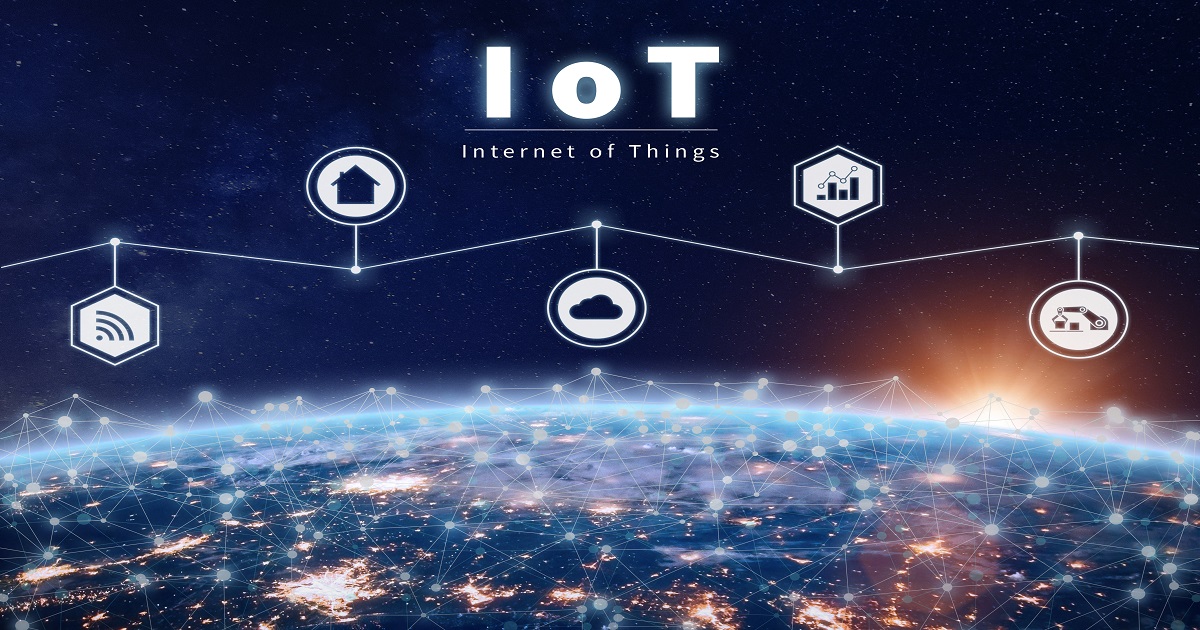
When your startup started up, it was just you, your computer, and your dream. Now you have a bustling small enterprise that is growing bigger by the second. Undoubtedly, as your business has grown, you have scaled up several important systems, from your sales funnel to your SEO techniques. However, if you haven’t touched your endpoint security since you were a business of one, you are asking for an imminent cyberattack.
Strategies for endpoint security differ dramatically between consumers and enterprises. Here are a few ways you might be using consumer methods when you need enterprise-level protection:
More Endpoints, More Issues
A consumer has only a few endpoints to manage: a computer, a smartphone, and maybe one or two other devices on the network. Your growing business, on the other hand, has a veritable menagerie of tech it needs to protect, from computers of all shapes and sizes to smartphones of various makes and models to servers and printers and routers, oh my. Unlike a consumer’s tools, the electronic assets of an organization tend to be diverse in their security needs; a sever, allowing numerous inbound requests per minute, is vastly different from a smartphone, which mostly sits idle.
As a result, businesses typically need much more robust endpoint security than consumers. Enterprise endpoint protection is better at managing diverse collections of endpoints than consumer options, which are typically developed for individual devices and installed discretely. You want endpoint security that is comprehensive and flexible to cover your rainforest of electronic assets.
Remote Management
You can’t control your server directly. Your printer doesn’t allow you to create and adjust word documents. You can’t navigate the settings on your routers without another device to help. Most of the devices on your business network are remotely managed - even some of the computers - which means your endpoint security system must be able to manage and protect those devices. This is directly opposed to consumer endpoints, which rarely require remote management.
Updates and Patches
As a consumer, you are sensible to enable automatic updates from software vendors. Not only does this practice maintain security - because most malware issues are the result of out-of-date applications - but it hardly hampers your personal productivity. Each device on your network downloads and installs updates as necessary, and each device continues to function well.
However, in an enterprise environment, allowing each device to download and install an update is a waste of time and energy. Instead, your endpoint system should download a patch once and deploy it to all relevant devices through a centralized management system. First, this prevents the network from slowing down from so many simultaneous downloads. Secondly, the centralized system can ensure each endpoint is appropriately secure, which negates the need for thorough security hygiene.
Permissions
When you were the only employee, it made sense for you to have administrative privileges on your devices. However, now, you hardly want the newest trainee in your organization to have access to the most critical programs on your network. Thus, you need to establish endpoint permissions - a feature which is rarely available on consumer endpoint security products.
Only administrator accounts can install software, update the operating system, and perform other serious changes to a device or network. Thus, only a few endpoints in your organization should have these permissions. Because consumers more often utilize administrator accounts, they are more often victim to phishing and social media attacks, and you can eliminate the possibility of these attacks by modifying permissions.
Tracking
As the sole employee of your startup, you hardly needed to track your own activity when your business first began. Now, you should be diligent about monitoring your employees’ - or more specifically, their devices’ - activity and behavior. Most network monitoring services will allow you to prohibit the use of certain applications, proscribe navigating to certain locations on the web, and disallow similar unwanted actions.
Just because you have an endpoint security solution doesn’t mean you have the solution your organization needs. There are consumer-based endpoint systems that fail to provide the features enterprises most benefit from - namely centralized management and administration. Undoubtedly, you need better endpoint protection than you had as a startup, but you also need the right endpoint security for the future of your organization. As you shop for endpoint solutions, keep the future needs of your business in mind.
Edited by
Ken Briodagh





